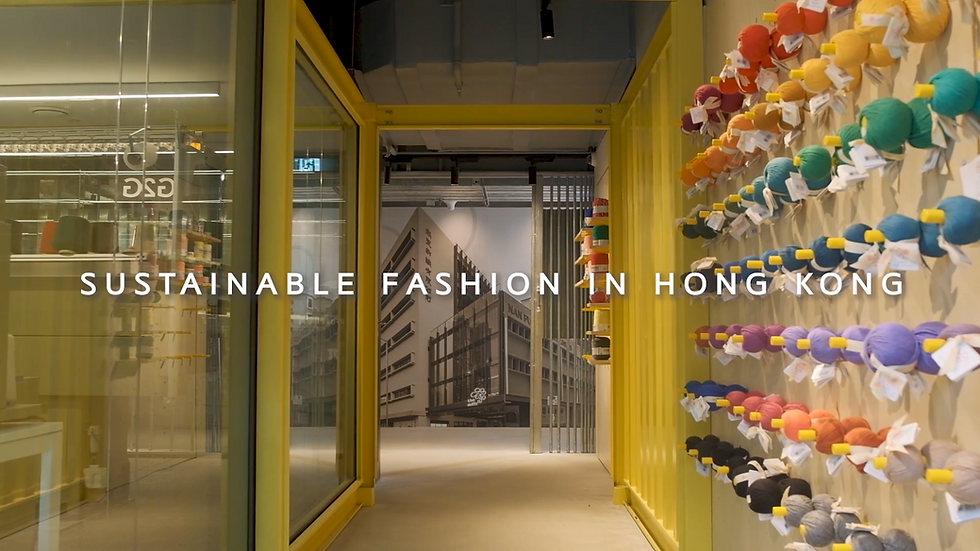Video: Sustainable Fashion in Hong Kong 香港的永續時尚
- Chia WU
- 2021年12月15日
- 讀畢需時 2 分鐘
已更新:2021年12月30日

香港人平均會支出11%的月收入用於服裝 (Redress, 2020),而在處理大量閒置衣物時,如果方法不當則會對環境造成危害。這支影片介紹了三種衣物回收與再利用的有效方法,使消費者在時尚與可持續發展中找到平衡。與可持續時尚的概念相契合,衣櫥裡的許多衣服可以通過捐贈或轉售回收、重新設計和升級循環等方法重生。"Get Redressed Month"活動鼓勵人們回收舊衣物以延長它們的使用壽命。設計師Toby Crispy創辦了個人品牌LastbutnotLeast和時尚診所幫助大家修補和重新設計舊衣。 Garment to Garment回收系統則通過一個設計緊湊且易於安裝的紡織系統將舊衣物變為新服裝或衛生有用的織品。這三個基於可持續時尚概念的實踐幫助我們拓展再利用舊衣的思路,在追求時尚的同時承擔對環境的責任在這些極具創造性的方法的協助下變得可行。
On average, Hong Kong people set aside 11% of the monthly expenditure for fashion (Redress, 2020), while when dealing with a large number of idle clothes, the improper methods may cause harm to the environment. This short video introduces three effective ways of recycling old clothes, through which consumers can find a balance between fashion and sustainability.
Combined with the concept of sustainable fashion, many clothes in our closets can gain a second chance in life through recycling like donating, reselling, redesigning, or upcycling. For example, the “Get Redressed Month” campaign encourages people to recycle old clothes to make them last longer. Hong Kong designer Toby Crispy founded the personal brand LastbutnotLeast and Fashion Clinic to help consumers repair and redesign old clothes. Garment to Garment Recycle System makes old sweaters and T-shirts into new garments or sanitary and useful textiles. These creative practices that are based on the sustainable fashion concept help us expand our thinking of reusing clothing, making it feasible to take responsibility for the environment while pursuing fashion.
By Chia Wu (video, text)
如經轉載,請註明出處,尊重智慧財產權。



留言